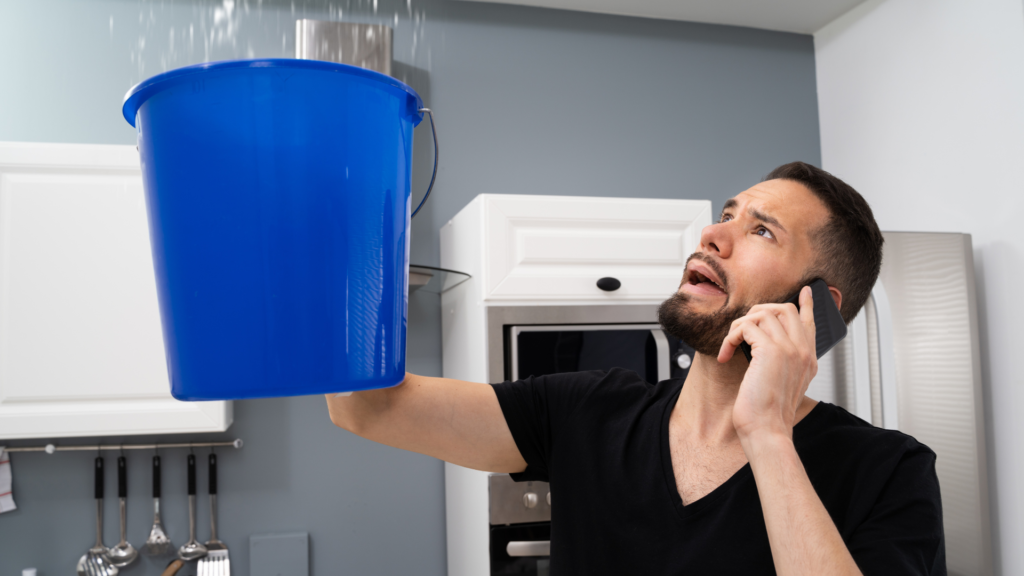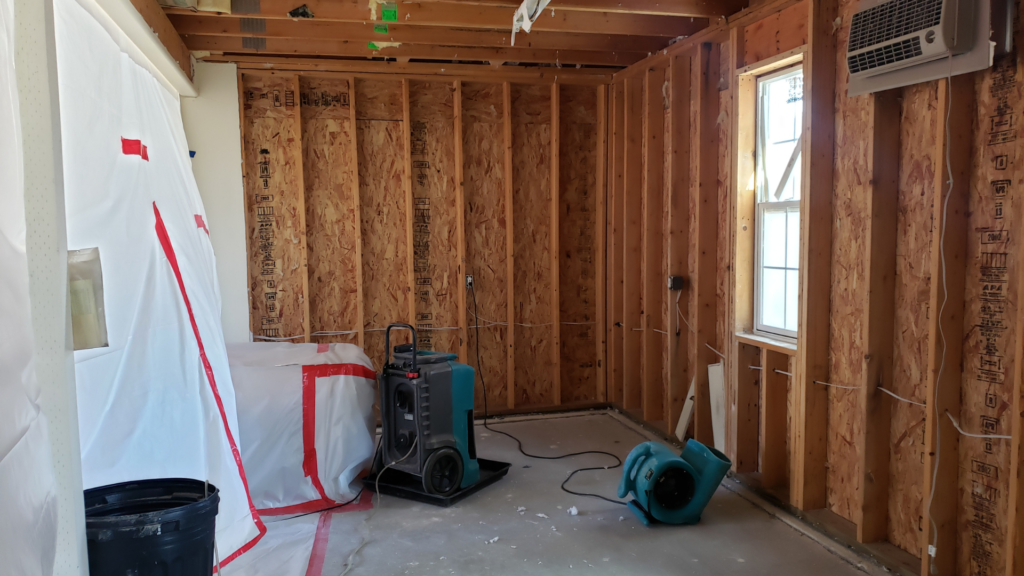If you’ve ever experienced water damage in your home, you know it can be a real pain to clean up and restore. Not only is the water itself a hassle to deal with, but the resulting damage can be extensive and costly.
If you’re facing a water damage emergency, here are some tips that will help make the restoration process go as smoothly as possible.
Water Damage: Don't Wait to Start Cleaning
The sooner you start cleaning up the water, the better. mold and mildew can begin growing within 24-48 hours, so it’s important to get started on the cleanup as soon as possible.
If you have a lot of water damage, you may need to call in a professional water damage restoration company. They have the equipment and experience to get the job done quickly and properly.
You can clean up some of the water yourself, but it’s important to be very careful. Make sure you wear gloves and other protective clothing and be careful not to slip or fall.
If the water is coming from a broken pipe or another source inside your home, turn off the water at the main shutoff valve. This will help prevent further damage.
Once you’ve turned off the water, start removing any wet items from the area. This includes carpeting, furniture, electronics, and anything else that may be damaged by the water.
Remove as Much Water as You Can
Before you start the drying process, it’s important to remove as much water from the affected area as possible. This can be done with a wet/dry vacuum or by mopping up the water with towels. Once you’ve removed as much water as possible, you can begin the drying process.
If you have a wet/dry vacuum, you can use it to suck up any remaining water from the affected area. If you don’t have a wet/dry vacuum, you can use towels to soak up the water. Once the area is as dry as possible, you can begin the drying process.
Place fans in the affected area and turn them on to help circulate air and speed up the drying process. You can also open windows and doors to help ventilate the area. If the weather is warm and sunny, you can place items outside in the sun to dry.
You should continue to monitor the affected area until it is

Use Fans and Dehumidifiers to Dry the Area
Once you’ve removed as much water as possible, it’s time to start drying out the area. This can be done with fans and dehumidifiers. If you have access to an industrial-grade dehumidifier, that will speed up the process. If not, using several fans and a dehumidifier will still get the job done, it will just take longer.
If you have hardwood floors, you’ll want to be especially careful. Water can cause the boards to warp and cup, so they’ll need to be dried slowly and evenly. Use fans to circulate air around the room and set up a dehumidifier to draw moisture out of the air. Check the floors regularly and make sure they’re not getting too dry, which can also cause damage.
Water Damage: Clean and Disinfect Everything

If you have any items that cannot be cleaned or disinfected, you should throw them away. This includes food, makeup, and anything else that has come into contact with the water.
Make sure to keep an eye on the affected area for mold or mildew. If you see either of these, you will need to clean and disinfect the area again.
You should also make sure to wash your hands thoroughly after coming into contact with the flood water. In addition, you should avoid drinking any water that may have been contaminated by the floodwater. Stick to bottled water until you are sure that the tap water is safe to drink.
Once the area is thoroughly dry, you can start cleaning and disinfecting. Any porous materials like carpeting or upholstered furniture will need to be thrown out. Non-porous materials can be cleaned and disinfected.
Check for Structural Damage
If the water damage is extensive, there may be structural damage to your home. This should be checked by a professional before you attempt any repairs. Water can also damage your belongings, so it is important to clean and dry them as soon as possible.
These items will need to be cleaned and dried before they can be used again.
Once your home is dry, you can start the process of cleaning and disinfecting all the surfaces. This is important to prevent the growth of bacteria and other organisms that can cause illness.
You will also need to repair any damage that has been done by the water. This may include fixing drywall, replacing flooring, and other similar repairs. If you have extensive damage, you may need to hire a professional contractor to help you with these repairs.
Water damage can be a very stressful experience, but it is important to take care of it as soon as possible. By taking the proper steps, you can minimize the damage and get your home back to normal.
Don't Use Your Home's HVAC System
If your home’s HVAC system has been exposed to water, don’t use it until it has been checked by a professional. Even if it seems dry, there could be hidden moisture that has gotten into the system. Using a wet system could lead to disastrous consequences, such as electrical shorts or fires. If you must use the system while it’s still wet, be sure to turn it off and unplug it first. Let a qualified technician inspect and service the system before turning it back on.
Call in the Professionals
If the water damage is extensive or you’re not comfortable tackling the cleanup on your own, it’s best to call in the professionals. Water damage restoration companies have the experience and equipment necessary to get your home back to normal.
When you call in a water damage restoration company, they will assess the damage and come up with a plan for restoring your home. This may involve removing all of the water from your home, as well as any damaged materials. They will then work to dry out the area and repair any damage that has been done.
It’s important to act quickly when you have water damage in your home. The longer you wait, the more damage can be done. If you’re not sure whether or not you should call in a professional, it’s always best to err on the side of caution and call one in.
Water damage can be very costly, so it’s important to make sure that you have adequate insurance coverage. Many homeowners’ insurance policies will cover water damage, but it’s always best to check with your agent to be sure.
Restoring your home after water damage can be a long and difficult process, but it’s worth it in the end. Your home will be back to normal and you’ll be able to enjoy it once again.
These tips will help you through the water damage restoration process and get your home back to normal as quickly as possible. If you have any questions, be sure to contact a professional for assistance.
If you require water damage restoration in Fort Worth, look no further than our experienced and certified team at Water Damage Restoration Fort Worth. We provide top-quality water damage restoration service to homeowners and businesses throughout the Fort Worth area, and we’re here to help you get your property back to its pre-loss condition as quickly as possible.
No matter how big or small the job may be, our water damage restoration experts will work diligently to restore your property to its original condition. We have the training, experience, and equipment necessary to handle any size job, and we’ll work with you every step of the way to ensure that you’re satisfied with the results.
If you’re dealing with water damage, don’t wait to call our team at Water Damage Restoration Fort Worth. We’re available 24/7 to help you with all of your water damage needs, and we’ll work quickly to get your property back to normal. Contact us today to learn more about our water damage restoration services or to schedule a free consultation.
